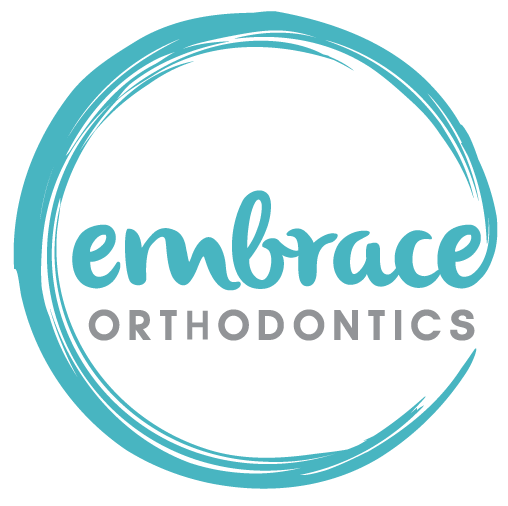Orthodontic Treatment for Spacing Problems
Are you seeking orthodontic treatment for spacing problems, either with your own teeth or a family member’s? Embrace Orthodontics offers expert orthodontic care to children and adults in the Ann Arbor, MI area. We have many potential treatments we can offer if you have gaps in your teeth.
What Causes Tooth Spacing?
Tooth spacing is the opposite of tooth crowding. Instead of having too little room for teeth in a person’s jaw, there is an overabundance of space. There are multiple potential causes of tooth spacing.
- Genetic: some people are simply predisposed to having spaced teeth because their teeth are too small, or other issues such as thick bands of gum tissue known as oversized labial frenums, that can cause gaps to appear between the front teeth
- Environmental factors: a habit like finger-sucking or tongue thrusting, periodontal disease, or the delayed eruption of permanent teeth can all be causes of teeth spacing
- Missing teeth: whether through misadventure or for hereditary reasons, some people have fewer teeth than standard, which can contribute to cases of teeth spacing
There are multiple options available for treating overly spaced teeth. These are the options available to patients at Embrace Orthodontics:
- Traditional braces with elastic chains is one of the most common ways to close the gap by gradually shifting a patient’s teeth together over a period of months.
- Clear/ceramic braces are an alternative to the traditional braces that tend to be more visible in the mouth and can make people self-conscious. Instead of chunks of metal affixed to each tooth, these braces use translucent pieces of porcelain. While they are more subtle and harder to detect, they are also more expensive than metal braces.
- Lingual braces are worn on the back of a patient’s teeth. They are even less visible than clear braces. Each bracket must be custom fit to the tooth, meaning that they are more expensive than both metal and clear braces. They are also weaker than traditional braces, meaning that they need to be worn longer to achieve the same effect. They can also cause a lisp, though that will reduce as the wearer gets used to them.
- Invisalign is available for help with small gaps. The clear plastic aligners do not pull teeth together enough to help in the same way that braces can, but they can be combined with other modalities such as rubber bands to help facilitate space closure.
- Dental bonding (or buildup) is another solution to “close” small tooth gaps. Most commonly used in the upper front teeth, a tooth colored resin type of filling material is applied and glued to the surface to occupy and close the space. Habits such as coffee drinking or smoking can discolor the resin. The resin can potentially last several years, if cared for correctly.
- Veneer is another alternative solution to spacing problems. Porcelain veneers can be more resilient than dental bonding. However, they only bridge the gap between your teeth aesthetically, and will not do anything to actually close it up.
Best Ways to Correct Teeth Spacing in Adults

Misaligned teeth and uneven teeth spacing does not stop being a problem in a patient’s adult years, nor do all treatment options disappear. If issues with teeth spacing are not corrected or at least mitigated, issues such as gum disease can develop, which may lead to tooth decay and even losing teeth.
The best way to treat these cases and reduce the chance of complications from tooth spacing problems is to close gaps where possible with braces or Invisalign.
To book your free consultation today and learn how the team at Embrace Orthodontics can help your family improve their smiles, contact us today.
